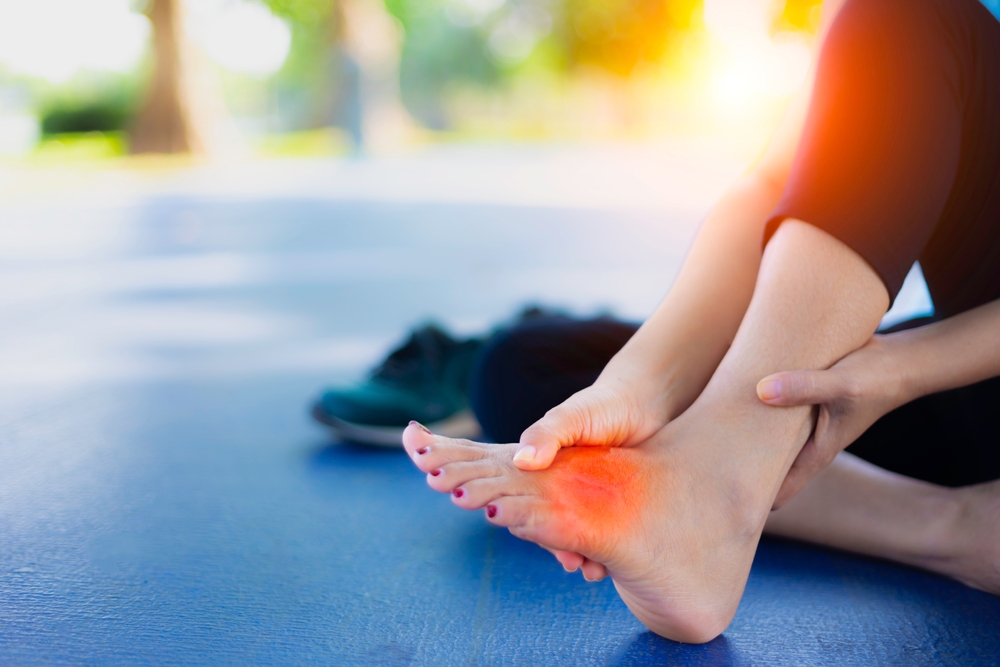If you’ve been struggling with plantar fasciitis, you know how frustrating and painful it can be. The right pair of shoes can make a world of difference. But with so many options on the market, how do you find the perfect fit for plantar fasciitis relief?
Read on to learn some factors to consider when choosing shoes for plantar fasciitis
Arch Support
The shoes for plantar fasciitis should provide proper arch support to help reduce strain on the plantar fascia. Look for shoes with a firm and supportive midsole, as well as a contoured insole designed to support your arch.
Plantar fasciitis shoes should also have a deep heel cup to stabilize your foot and prevent it from rolling inward. This can help alleviate pressure on the plantar fascia and reduce pain.
Cushioning
In addition to arch support, cushioning is another important factor in choosing shoes for plantar fasciitis. Look for shoes with good shock absorption to provide a softer landing and reduce impact on your heel and plantar fascia.
A combination of firm support and cushioning can help distribute weight evenly and prevent excessive strain on the plantar fascia. This can help with pain relief and promote healing of the inflamed tissue.

Heel Height
When dealing with plantar fasciitis, it’s best to avoid high heels or shoes with a significant height difference between the heel and toe. A lower heel can help keep your foot in a more natural position and reduce tension on the plantar fascia.
Professionals like the physiotherapy clinic in Sutton Coldfield can help you determine the ideal heel height for your feet and recommend appropriate shoes. They can also provide treatment and exercises to help alleviate pain and promote healing.
Flexibility
Shoes for plantar fasciitis should have a good balance of support and flexibility. While the heel area should be firm to prevent excessive movement, the toe box should have some flexibility to allow for natural movement. This can help reduce strain on the plantar fascia and improve overall comfort.
Proper exercise and stretching can improve your feet’ and ankles’ flexibility. This reduces the risk of injuring or straining the plantar fascia.
Fit
When trying on shoes for plantar fasciitis, make sure to pay attention to the fit. Shoes that are too tight or narrow can put extra pressure on your feet and aggravate plantar fasciitis symptoms. On the other hand, shoes that are too loose may not provide enough support and stability.
It’s important to try on different sizes and widths to find the best fit for your feet. You may also want to consider getting custom orthotics to further improve the fit of your shoes and reduce strain on your plantar fascia.
Material
The material of the shoe can also play a role in providing comfort and support for plantar fasciitis. Look for shoes made of breathable and moisture-wicking materials such as mesh, leather, or a combination of both. This can help keep your feet cool and dry, reducing the risk of irritation and discomfort.
Avoid materials that are stiff or rigid, as they may not provide enough flexibility for your feet. Also, regularly clean and maintain your shoes.
Choosing the Best Shoes for Plantar Fasciitis
Finding the right pair of shoes for plantar fasciitis may take some trial and error. Remember to also consult with a professional for personalized recommendations and treatment options. With the right shoes and care, you can get back to enjoying your daily activities without being hindered by plantar fasciitis.
Did you find this helpful? Don’t forget to visit our website and read more.